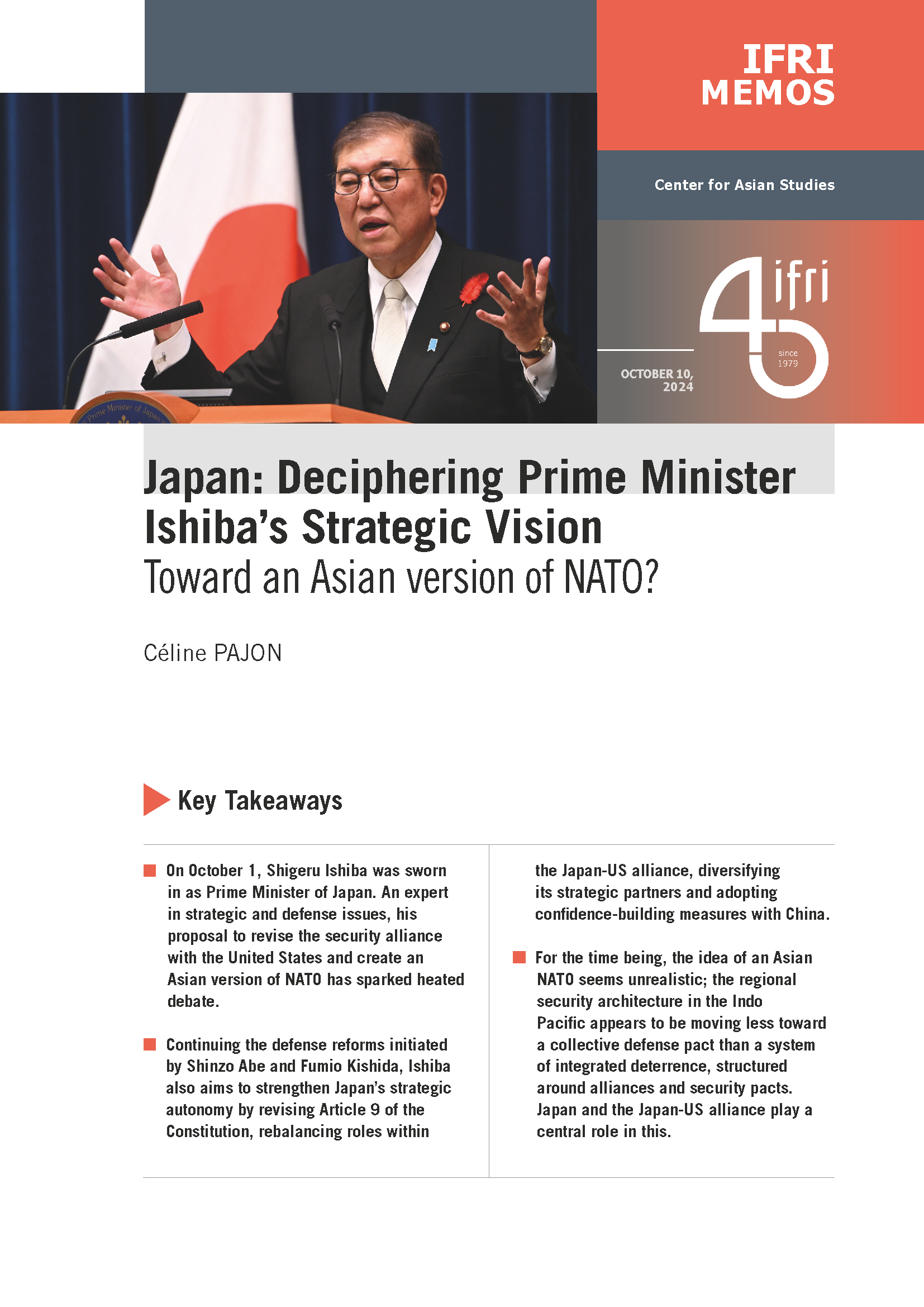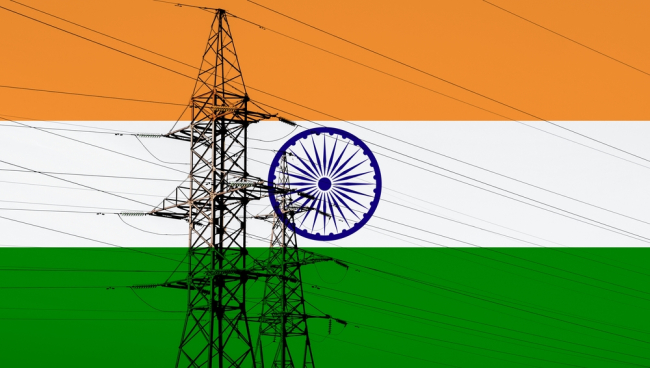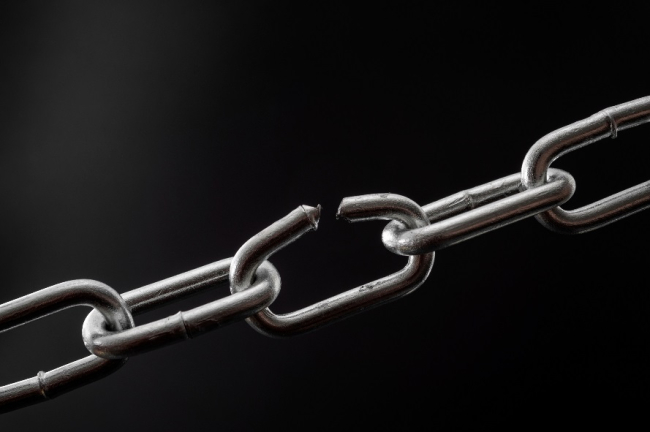Dynamics and drivers of shale gas development in three European countries: can a European policy be imagined?

The European Commission introduced in its Work Programme 2013 an action regarding “Environmental climate and energy assessment framework to enable safe and secure unconventional hydrocarbon extraction”.
After having assessed the existing legislative framework appropriateness regarding climate and environmental impacts of shale gas development in Europe, and having noted some improvements that could be proposed when using the hydraulic fracturing technique, the debate is now shifting to address the issue of the good governance level. To what extent a European initiative could be more effective or comprehensive than national legislation? In particular, it remains unclear whether a common EU policy that goes beyond environmental and climate measures can be built to regulate the industrial exploitation of shale gas in Europe.
However, before talking about a common European shale gas policy, it is necessary to look at the status of projects and initiatives at the national level. It appears that only three states have begun the process of developing shale gas resources at large scale, Denmark, Poland and the United Kingdom. Indeed, other countries with significant resources have banned exploration or hydraulic fracturing technique (France, Bulgaria), suspended the activity (Germany, Switzerland, Netherlands, Austria, Czech Republic), or have just begun to consider operations (Romania, Spain).Therefore, an analysis of the characteristics of shale gas development in these three countries can actually give a picture of the on-going process of developing large-scale shale gas in Europe and assess whether a common European framework would be more suitable than the current national legislations.
(To Read the Full Text, Download the document).

Also available in:
Regions and themes
ISBN / ISSN
Share
Download the full analysis
This page contains only a summary of our work. If you would like to have access to all the information from our research on the subject, you can download the full version in PDF format.
Dynamics and drivers of shale gas development in three European countries: can a European policy be imagined?
Related centers and programs
Discover our other research centers and programsFind out more
Discover all our analysesIndia’s Broken Power Economics : Addressing DISCOM Challenges
India’s electricity demand is rising at an impressive annual rate of 9%. From 2014 to 2023, the country’s gross domestic product (GDP) surged from 1.95 trillion dollars ($) to $3.2 trillion (constant 2015 US$), and the nation is poised to maintain this upward trajectory, with projected growth rates exceeding 7% in 2024 and 2025. Correspondingly, peak power demand has soared from 136 gigawatts (GW) in 2014 to 243 GW in 2024, positioning India as the world’s third-largest energy consumer. In the past decade, the country has increased its power generation capacity by a remarkable 190 GW, pushing its total installed capacity beyond 400 GW.
The Troubled Reorganization of Critical Raw Materials Value Chains: An Assessment of European De-risking Policies
With the demand for critical raw materials set to, at a minimum, double by 2030 in the context of the current energy transition policies, the concentration of critical raw materials (CRM) supplies and, even more, of refining capacities in a handful of countries has become one of the paramount issues in international, bilateral and national discussions. China’s dominant position and successive export controls on critical raw materials (lately, germanium, gallium, rare earths processing technology, graphite, antimony) point to a trend of weaponizing critical dependencies.
The Aluminum Value Chain: A Key Component of Europe’s Strategic Autonomy and Carbon Neutrality
The United States of America (US), Canada and the European Union (EU) all now consider aluminum as strategic. This metal is indeed increasingly used, especially for the energy transition, be it for electric vehicles (EVs), electricity grids, wind turbines or solar panels.
The EU Green Deal External Impacts: Views from China, India, South Africa, Türkiye and the United States
Ahead of June 2024 European elections and against the backdrop of growing geopolitical and geoeconomic frictions, if not tensions, between the EU and some of its largest trade partners, not least based on the external impacts of the European Green Deal (EGD), Ifri chose to collect views and analyses from leading experts from China, India, South Africa, Türkiye and the United States of America (US) on how they assess bilateral relations in the field of energy and climate, and what issues and opportunities they envisage going forward.












